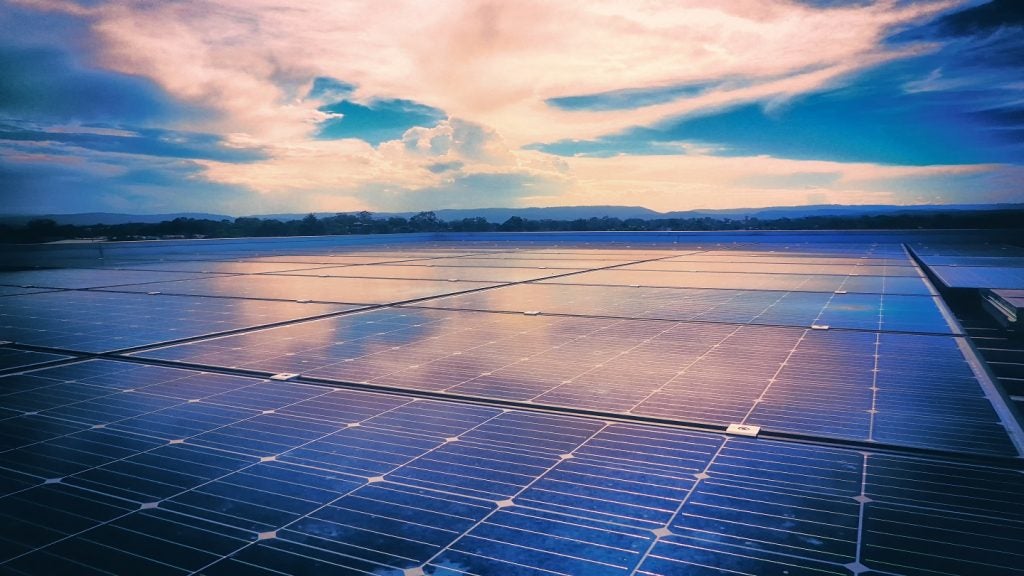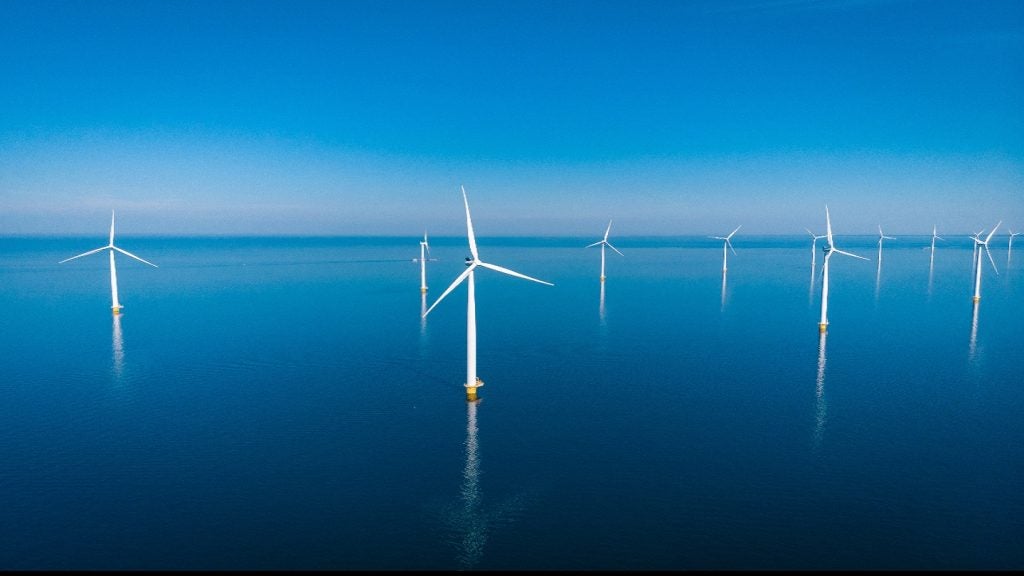Google revealed last Tuesday (2 July) that its greenhouse gas emissions have climbed over 48% in the last five years, as the tech giant’s dependency on data centres to power the demands of AI risks ruining its climate goal. The findings come in Google’s 2024 Environmental Report.
The search engine giant said it “won’t be easy” to reach its “extremely ambitious” goal of achieving net zero emissions by 2030. Google said there was “significant uncertainty” around reaching its target, including “the uncertainty around the future environmental impact of AI, which is complex and difficult to predict”. The search engine giant’s emissions have risen just under 50% since 2019. Google said energy consumed by data centres and its supply chain is responsible for the rise in emissions. According to new research from the Electric Power Research institute in May, data centres could use up to 9% of the total electricity generated in the US by 2030. The statistic comes as technology companies expand their data centres to fuel the heavy demand for AI. The advanced computing and cooling systems within a data centre require massive amounts of power. A new data centre can use as much electricity as 750,000 homes, according to energy company earnings calls. In May, Google said it was spending $1.1bn to expand its main data centre in Finland due to the location’s access to green energy. The expanding data centre is located in Hamina, a region on the south coast of Finland which has a large supply of renewable power, making it a perfect location for Google to push closer to its target. In an interview with Bloomberg, Google’s global head of infrastructure strategy Ben Townsend said the tech giant was working with local authorities to feed excess heat into the network of pipes that’s used to warm up homes in the surrounding area. Townsend said that the technology, known as district heating, will guide the company’s future investments if it proves successful. “It may start to steer new site selection opportunities to locations where waste heat recovery and district heating is more readily implementable,” Townsend told Bloomberg.Google’s emissions climb 48% in five years due to AI energy demand
Energy-hungry AI risks stalling Google’s ambitious goal of achieving net zero emissions by 2030.
Kurt Robson July 05 2024















